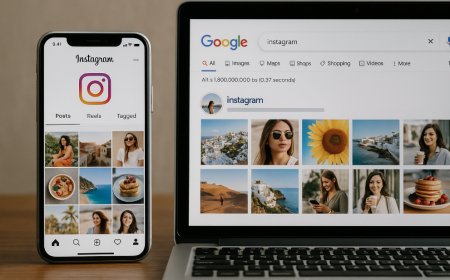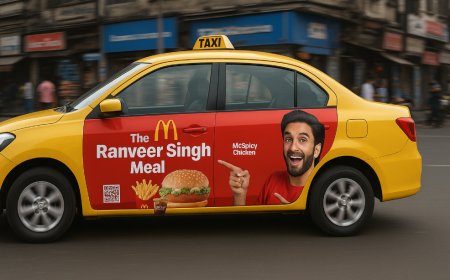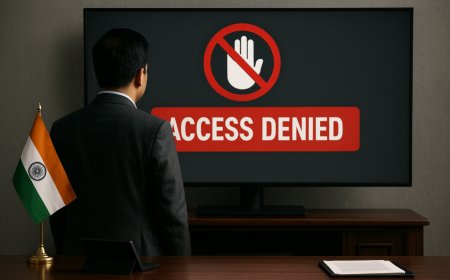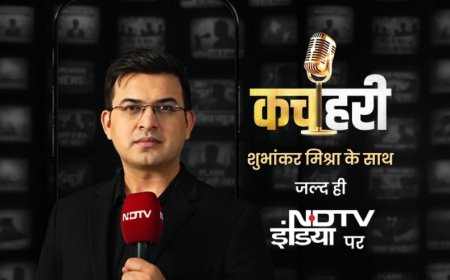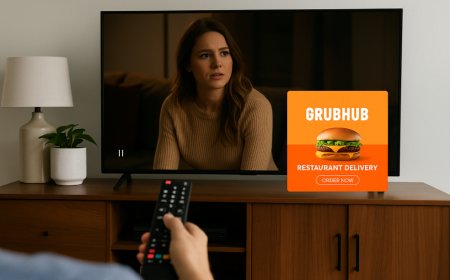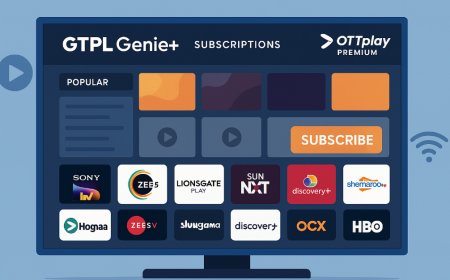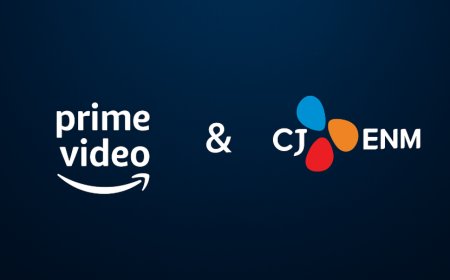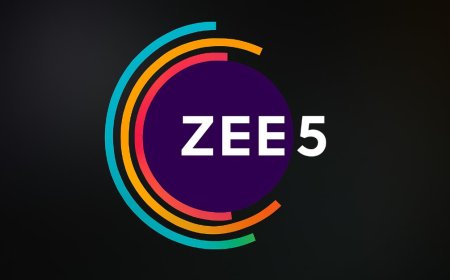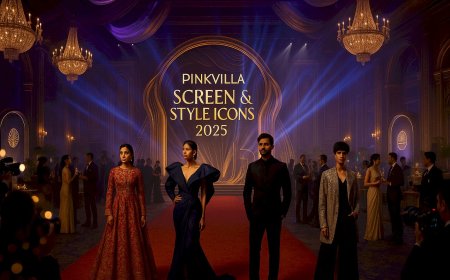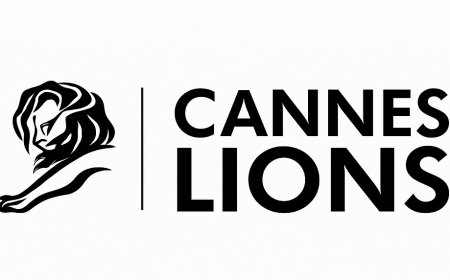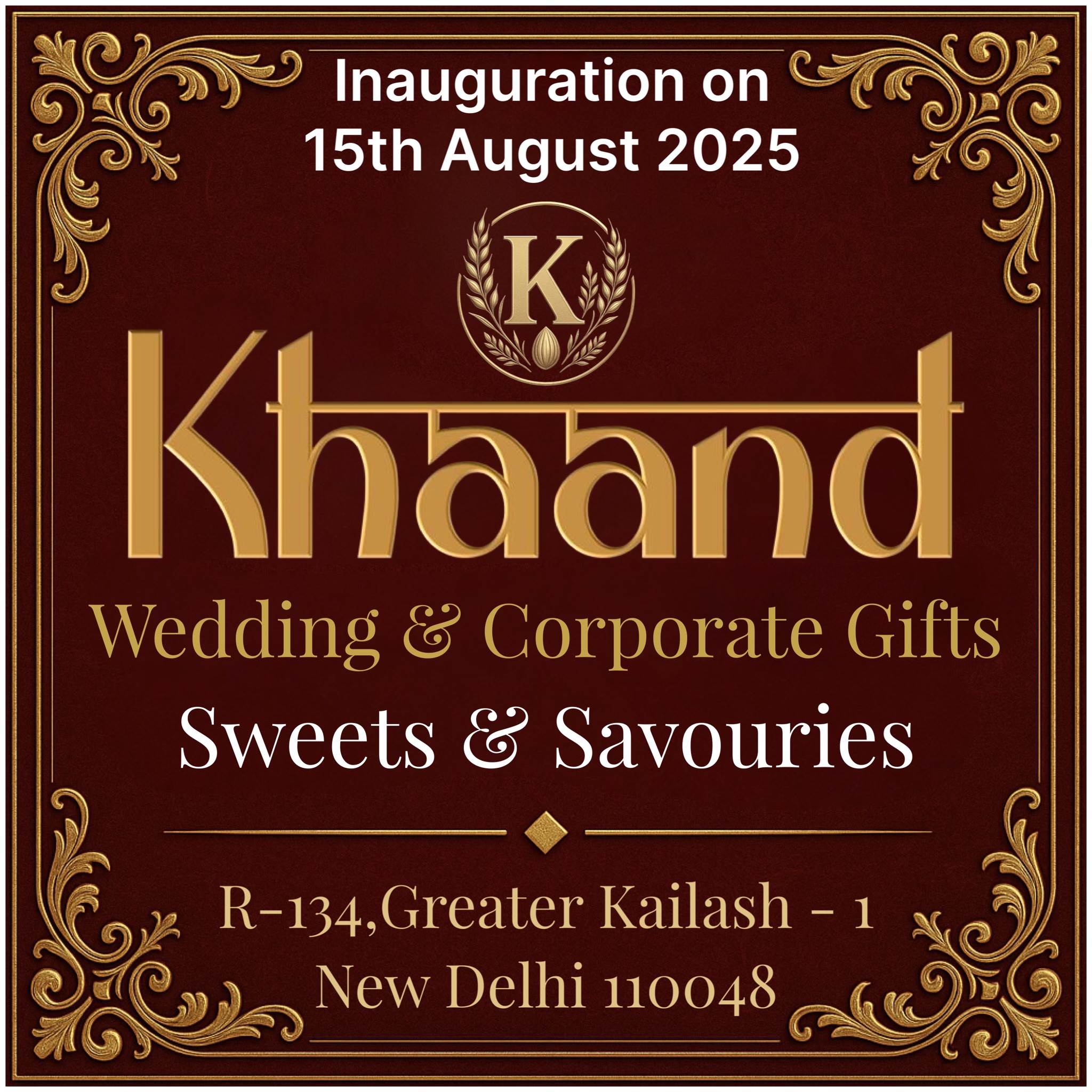Hit or Miss: A Weekly Review of Ads That Captured (or Lost) Our Attention
Explore this week's biggest advertising hits and misses — from emotional storytelling to campaigns that fell flat. What worked, what didn’t, and why it matters.

Introduction: The Ever-Spinning Carousel of Advertising
In the fast-paced world of marketing, ads come and go quicker than a swipe on your smartphone screen. Some strike a chord and become part of popular culture, while others sink into obscurity or even stir controversy. In this weekly roundup, we break down the campaigns that soared — and those that stumbled, offering insight into what made them resonate or repel.
Let’s take a closer look at the week’s most notable commercials, branded content, and digital pushes — and separate the “Hits” from the “Misses.”
Hit: A Snack Brand’s Nostalgia-Fueled Comeback
One of the standout campaigns this week came from a well-loved snack brand that revived a classic jingle from the 1990s. The ad cleverly juxtaposed Gen Z influencers trying the snack for the first time with older millennials humming the familiar tune.
Why It Worked:
-
Emotional resonance: Nostalgia sells, especially when wrapped in humor and relatability.
-
Multi-generational appeal: Bridging generations through content ensures wider reach and deeper recall.
-
Smart use of influencers: Collaborations weren’t overbearing but blended naturally with the concept.
Verdict: Hit
This was a masterclass in balancing heritage with freshness. It stirred memories while remaining modern and fun.
Miss: Tech Campaign That Over-Explained Innovation
A tech company launched an ad showcasing its AI-powered productivity software. While the product was promising, the messaging felt too complex and jargon-heavy for the average viewer. The visuals were sleek, but the storytelling lacked clarity.
Why It Missed:
-
Too much technical language: Instead of simplifying innovation, the ad created distance.
-
Lack of human element: There was no emotional hook — just features and statistics.
-
Misaligned tone: For a product meant to simplify life, the ad made it look difficult to adopt.
Verdict: Miss
Even the most futuristic products need human-centered storytelling. This campaign overestimated the audience’s willingness to decode technical talk.
Hit: A Healthcare Ad That Felt Human
A regional hospital chain released a beautifully filmed ad highlighting stories of recovery, resilience, and frontline compassion. No actors, no scripts — just real patients and staff in their natural environments.
Why It Worked:
-
Authenticity: Real stories make real impact. The absence of polish was the ad’s strength.
-
Uplifting tone: It offered hope and community, a rare mix in healthcare messaging.
-
Localized storytelling: Tapping into regional pride boosted engagement and sharing.
Verdict: Hit
This campaign reinforced the power of truthful storytelling and emotional appeal in the healthcare space.
Miss: Fashion Ad That Confused Its Target Audience
A high-street fashion label dropped an abstract video ad filled with experimental visuals, heavy metaphor, and zero clarity. While it may have impressed some art students, it left everyday consumers scratching their heads.
Why It Missed:
-
Too abstract: Symbolism took over functionality. People were unsure what was even being sold.
-
Disconnected from the product: Style overtook substance — a common risk in high-concept ads.
-
Limited brand recall: Without clear messaging, the viewer forgets the brand entirely.
Verdict: Miss
Artistic expression has its place, but when it alienates rather than engages, the message gets lost.
Hit: Eco-Friendly FMCG Brand with a Satirical Twist
A sustainable cleaning product brand launched a clever parody of traditional detergent ads. Using over-the-top tropes — like impossibly clean whites and euphoric housewives — the brand flipped the script with a punchline: “No plastic, no nonsense.”
Why It Worked:
-
Humor with a message: It mocked clichés while highlighting sustainability.
-
Clear USP: The product’s value proposition (eco-friendly, refillable, non-toxic) was crystal clear.
-
Great shareability: Viewers loved the satire, and the ad went viral on social platforms.
Verdict: Hit
This was witty, well-executed, and socially aware — the holy trinity of modern brand storytelling.
Miss: Auto Ad That Tried Too Hard to Be Inspirational
A new electric SUV brand launched a long-format ad filled with motivational quotes, drone shots of mountain roads, and a narrator waxing poetic about “freedom.” Unfortunately, it felt more like a self-help video than a car commercial.
Why It Missed:
-
Overused tropes: Viewers have seen too many ‘epic’ car ads without any meaningful distinction.
-
Disconnected emotion: The ad tried to evoke feelings that didn’t match the audience’s actual concerns (range, price, charging infrastructure).
-
Lack of real utility: Specs and features were an afterthought instead of the core narrative.
Verdict: Miss
Emotions are great, but not when they overshadow what people actually want to know.
Hit: Beverage Brand’s Summer Special Campaign
A global beverage giant launched a digital-first campaign that invited users to create personalized labels and AR filters tied to summer themes. From pool parties to beach barbecues, the ad built excitement around seasonal moments.
Why It Worked:
-
Interactive elements: User-generated content boosted engagement.
-
Seasonal timing: It aligned perfectly with summer vibes and consumer mindset.
-
Social integration: The campaign was tailored for Instagram, Reels, and short-form platforms.
Verdict: Hit
This was a well-executed seasonal push with solid branding and fun interaction.
Miss: Banking Ad Lacked the Trust Factor
A major private bank ran a flashy ad showing digital features and lifestyle perks, but it missed the mark on building trust, which is core to the financial category.
Why It Missed:
-
Too flashy, not enough credibility: When money is involved, consumers need reassurance more than dazzle.
-
No human face: Ads without real people or testimonials felt impersonal.
-
Overemphasis on tech: While innovation is great, trust, security, and reputation matter more.
Verdict: Miss
This ad skipped the emotional trust cues that are vital for a sector built on reliability.
Conclusion: The Art and Science of Getting It Right
As this week’s lineup proves, great advertising is more than just visuals or slogans. It’s about understanding your audience, respecting their attention, and delivering value — be it through humor, emotion, innovation, or clarity.
What's Your Reaction?
 Like
0
Like
0
 Dislike
0
Dislike
0
 Love
0
Love
0
 Funny
0
Funny
0
 Angry
0
Angry
0
 Sad
0
Sad
0
 Wow
0
Wow
0
